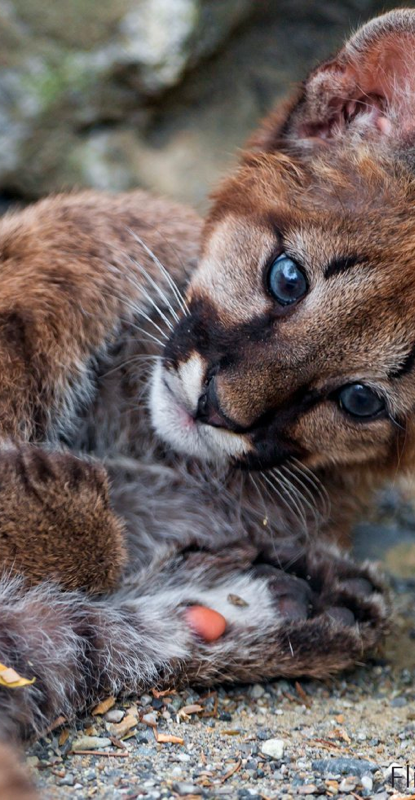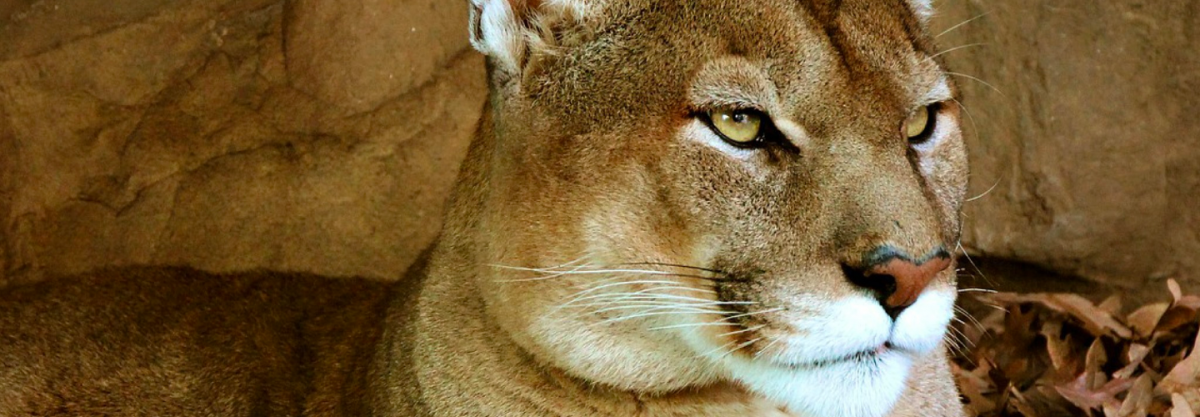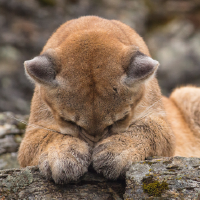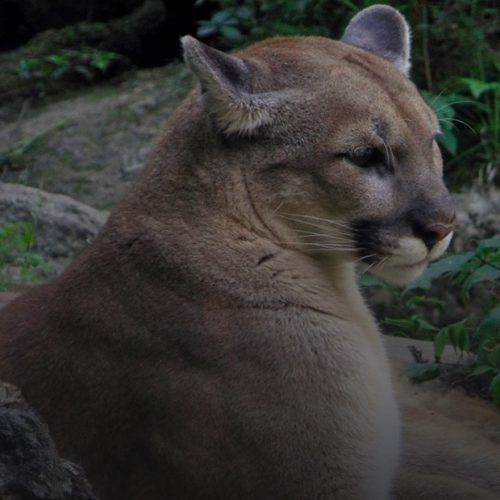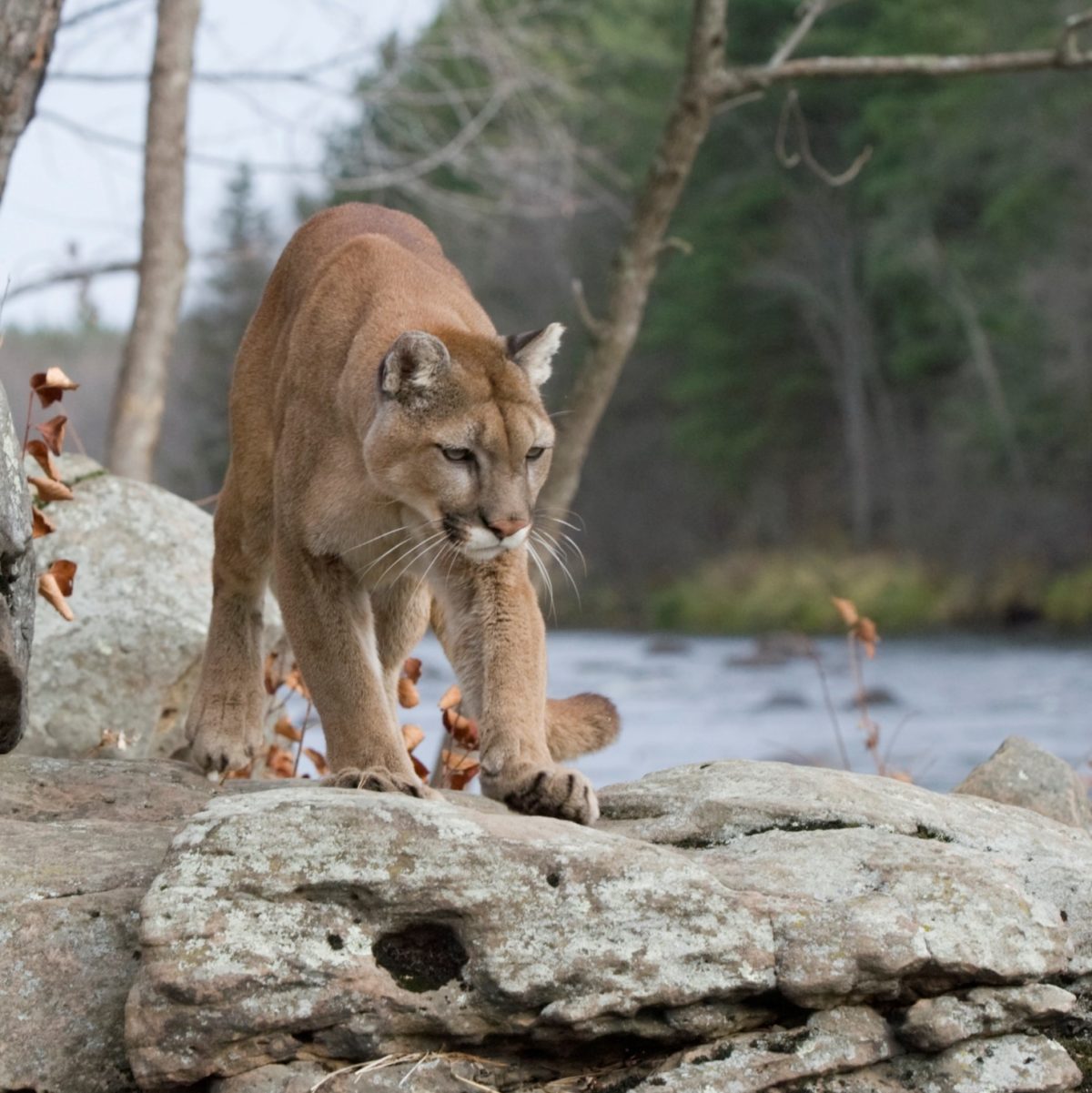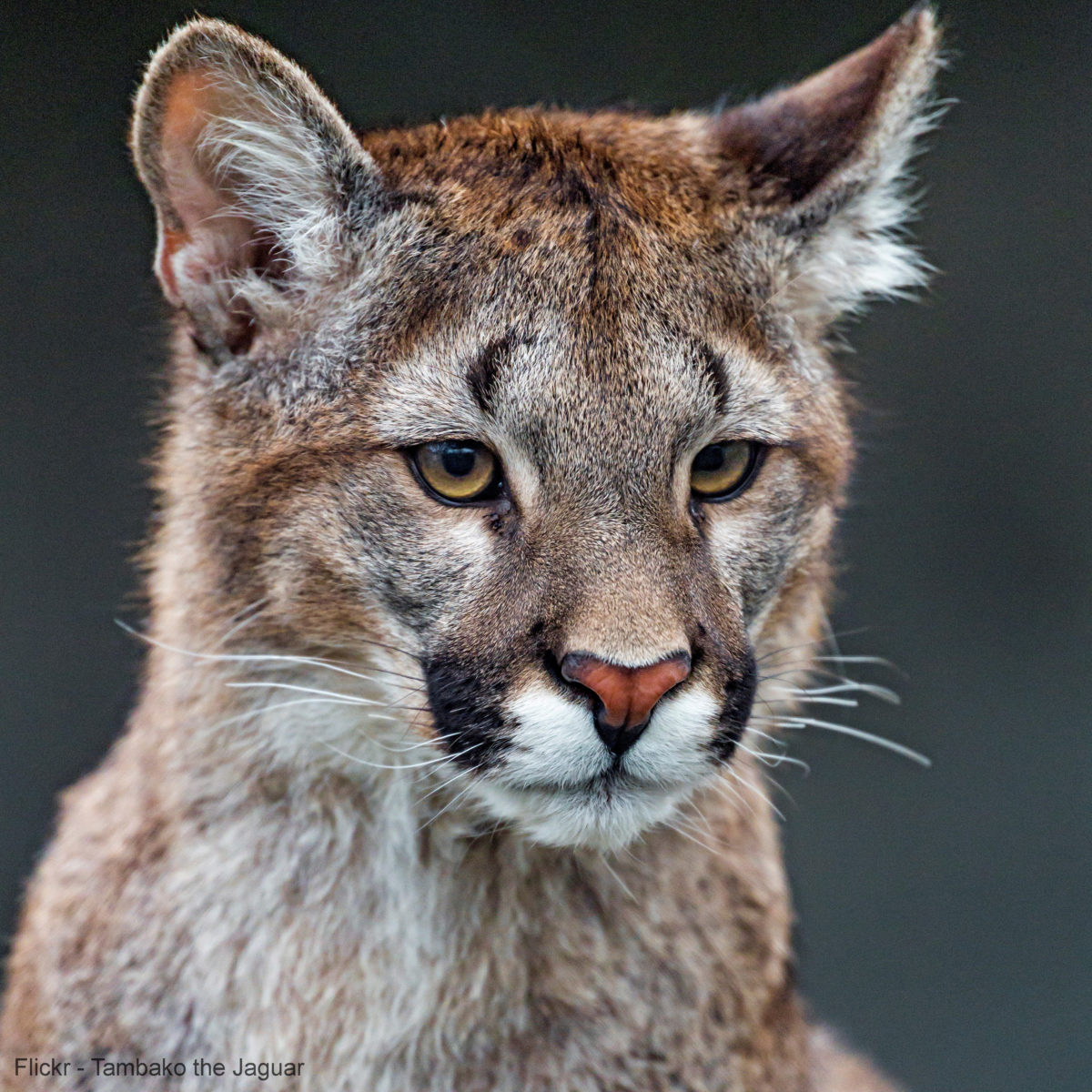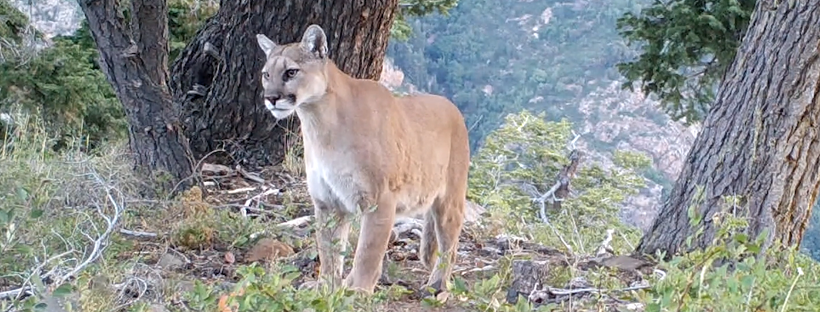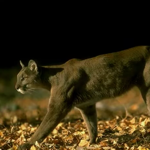2 Mountain Lion Cubs Captured In New Subdivision
RIVERSIDE (CBS) ― Residents of a recently-built Inland Empire subdivision said Sunday they are relieved that two mountain lion cubs were safely captured. But they fret that the mama mountain lion could still be in the area.
“We knew that wildlife could come into the backyard because we are so close to the hills and the park,” said Miriam Stein, 37, who moved with her family into their new home in Yucaipa four and a half years ago, after construction was completed. “We knew it was a possibility. It’s still a
surprise.”
The incident was the second time in three days that mountain lions were reported at Riverside suburbs, about 20 miles apart, according to the Press-Enterprise newspaper in Riverside.
On Thursday, joggers north of Moreno Valley reported spotting a mountain lion in the Box Springs Mountain Reserve in Riverside County, according to state Fish and Game Lt. Mike Stefanak.
On Saturday, Stein took photos of two young mountain lions perched on her wall Saturday morning in Yucaipa, and contacted local newspapers.
“It was exciting, but it was scary,” said Stein, who has a 5-year-old boy. “They’re wild animals and they’re dangerous. They never did find the mom. We’re a little concerned about that.”
A state Fish and Game warden used a tranquilizer dart to sedate and capture one of the mountain lion cubs Saturday afternoon in the yard of a home on Fawn Ridge Place near Oak Glen Road, the Press-Enterprise reported Sunday.
Stein and neighbor Rick Graham, 40, said authorities captured a second mountain lion cub Saturday night on Warm Springs Road, just off Fawn Ridge.
“This area backs up against Meadow Creek Elementary, so it’s a good thing they caught them,” Graham said today. “Who’s to say the cubs wouldn’t have gone to the school on a weekday?”
The capture of the second cub took place between 9:30 and 10:30 p.m. Saturday, Stein and Graham said. Karen Hunt, a spokeswoman for the San Bernardino County sheriff’s department, confirmed that two mountain lion cubs had been captured.
“Fish and Game are concerned that something happened to the mother,” Hunt said Sunday. “They don’t think she is in the area.”
The capture of the first cub, which weighed less than 30 pounds, came after three mountain lions were reported in the same area on Saturday afternoon, according to the Press-Enterprise.
The subdivision off Oak Glen Road has been built in the past 10 years close to the base of the Crafton Hills, and is near Yucaipa Regional Park.
Wardens arrived there at about 2:30 p.m. Saturday, but they saw only one mountain lion cub, according to the Press-Enterprise. One of the wardens subdued the animal with a tranquilizer dart. They estimated the cub to be less than one year old.
Wardens had not decided what to do with the first captured cub, Stefanak told the Press-Enterprise. It won’t be released where it was captured because it’s too young and likely wouldn’t survive, Stefanak said.
The mountain lions may have followed a creek into the recently-constructed residential area. Coyotes and black bears sometimes end up in populated areas by following the same natural routes, Stefanak told the Press-Enterprise.
Stefanak said Saturday the presence of a mountain lion cub was a concern, but he did not believe there is a threat to public safety – such as the cub’s parents – because the cub was captured.
Nevertheless, Stefanak warned people not to approach mountain lion cubs.
On Thursday, wardens did not locate the mountain lion sighted in the Box Springs Mountain Reserve north of Moreno Valley.
The only common element in the sightings may be that the big cats were looking for water during a fairly dry spell, Stefanak said.
The Box Springs Mountain area, nearby Reche Canyon, and the Crafton Hills above Yucaipa are all present or former natural habitat for mountain lions.
Sightings and occasional attacks on humans are inevitable as newer developments continue encroaching into the creatures’ domain.
Mountain lions are not considered threatened or endangered in California, according to the state Department of Fish and Game. The mountain lion population, estimated at 4,000 to 6,000 statewide, is relatively high in California and their numbers appear to be stable, according to the department’s Web site.
Nonetheless, mountain lions are legally classified as “specially protected species,” according to Fish and Game officials, who took care to add, “This has nothing to do with their relative abundance and does not imply that they are rare.”


